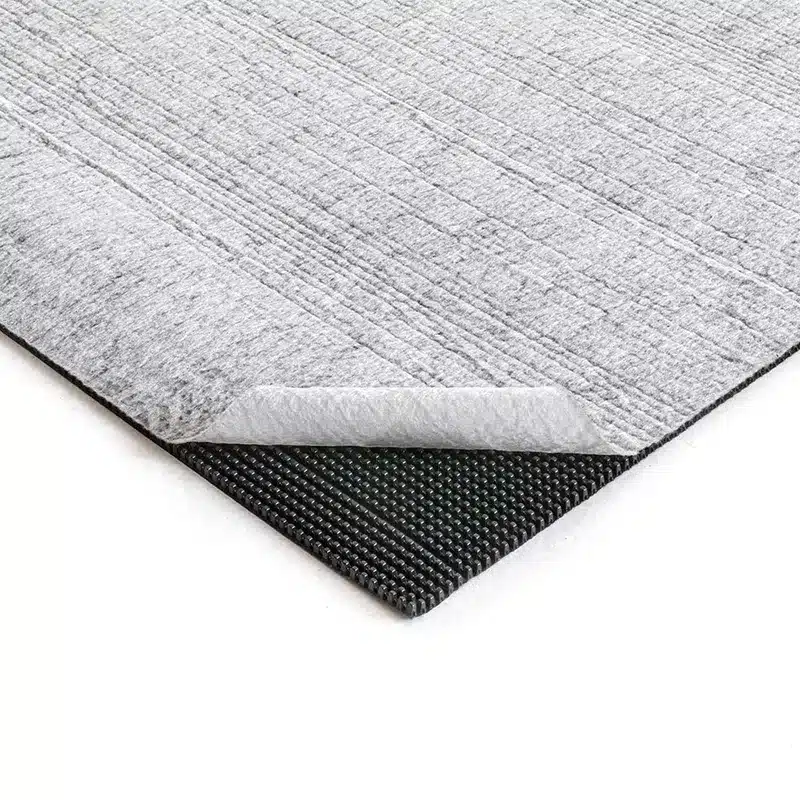+86-159 9860 6917
info@geofantex.com
geofantex@gmail.com
+86-400-8266163-44899
Geosynthetics play a crucial role in modern construction and civil engineering, providing solutions for soil stabilization, erosion control, and infrastructure support. One important aspect of geosynthetics is their ability to withstand aerial strain, which refers to the stress or strain they experience when subjected to forces such as pulling or stretching. This article explores the concept of geosynthetic aerial strain, its implications in construction, and answers common questions related to geosynthetics, including their pull-out resistance, differences from geotextiles, and their applications in construction.
What is the pull-out resistance of geosynthetics?
The pull-out resistance of geosynthetics refers to the material’s ability to resist being pulled out or displaced from the soil or other material in which it is embedded. This resistance is composed of skin friction on the surface of the geogrid ribs (frictional resistance) and bearing resistance mobilized against the transverse members (passive resistance). This property is crucial for ensuring the stability and effectiveness of geosynthetics in applications such as retaining walls, embankments, and reinforced slopes. The pull-out resistance depends on factors such as the type of geosynthetic material, the soil type, and the interaction between the geosynthetic and the surrounding material. High pull-out resistance is essential for maintaining the integrity of structures that rely on geosynthetics for reinforcement.

What is the difference between geotextile and geosynthetic materials?
Geotextiles are a specific type of geosynthetic material, but the term “geosynthetics” encompasses a broader range of products. Geosynthetics include geotextiles, geomembranes, geogrids, geonets, and other synthetic materials used in civil engineering and construction. Geotextiles are typically permeable fabrics made from polymers like polyester or polypropylene and are used for functions such as separation, filtration, drainage, and reinforcement. Geosynthetics, on the other hand, cover all these functions and more, with materials designed to address specific engineering challenges, such as impermeable barriers (geomembranes) or load distribution (geogrids).
What is the geosynthetic method?
The geosynthetic method refers to the use of geosynthetic materials in construction and civil engineering projects to solve various geotechnical problems. This method involves incorporating geosynthetics, including basal and soil reinforcements, into the design and construction process to improve the performance of soil, control erosion, reinforce structures, and manage drainage. The geosynthetic method can be applied in a wide range of projects, from road construction and retaining walls to landfills and erosion control systems. By using geosynthetics, engineers can achieve more durable, cost-effective, and environmentally friendly solutions compared to traditional construction methods.
What are geosynthetic materials used in construction?
Geosynthetic materials, which are synthetic products used to stabilize terrain, are employed in construction for a variety of purposes, including soil stabilization, erosion control, drainage, and reinforcement. Some common types of geosynthetic materials used in construction include:
| Geotextiles | Used for separation, filtration, and reinforcement in road construction, retaining walls, and drainage systems |
| Geomembranes | Impermeable barriers used in landfills, ponds, and reservoirs to prevent the migration of liquids or gases |
| Geogrids | Used to reinforce soils and other materials in road construction, retaining walls, and slopes |
| Geonets | Used for drainage in landfills, retaining walls, and other applications where efficient water movement is needed |
These materials are essential for enhancing the performance and durability of construction projects while also providing environmental benefits such as reduced material usage and improved sustainability.
Geosynthetic aerial strain is a critical consideration in the use of geosynthetics in construction, influencing their ability to reinforce and stabilize structures. Understanding the pull-out resistance of geosynthetics, the differences between geotextiles and other geosynthetic materials, and the geosynthetic method are all key to effectively utilizing these materials in construction. From soil stabilization to erosion control, geosynthetics offer versatile and efficient solutions for a wide range of engineering challenges.



Get Free Sample
We’ll respond as soon as possible(within 12 hours)





















